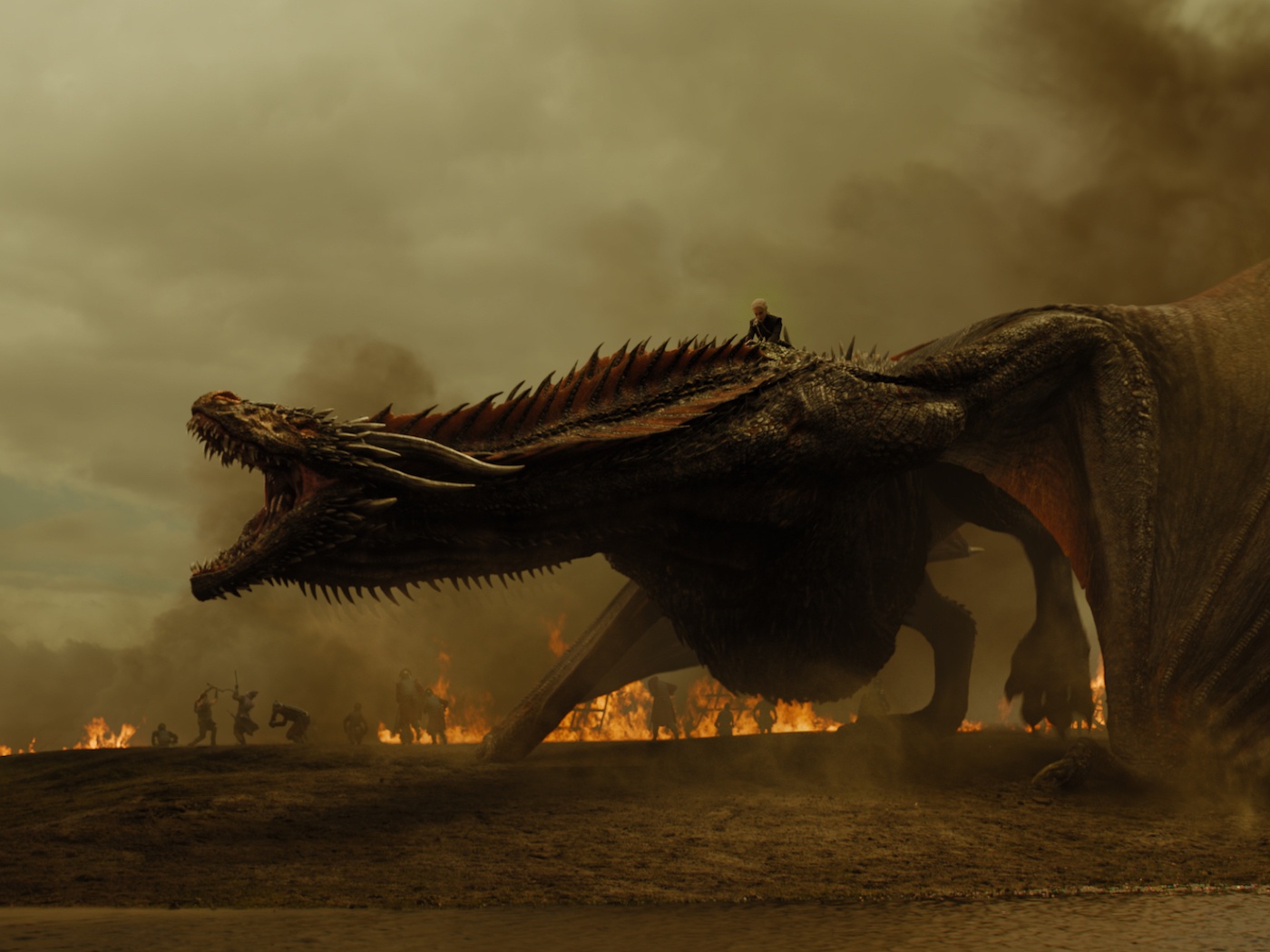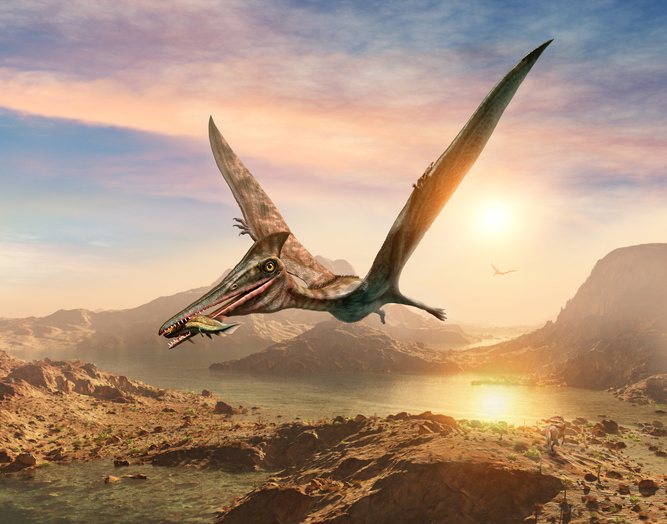
Photo courtesy of HBO
Our expert takes on your burning dragon questions
If Daenerys’ dragons are as big as 747s, could they actually get off the ground?
If dragons are cold-blooded, could they really go north of the wall?
Could we get a herpetologist to address highly fictional dragon scenarios using real science?
As “Game of Thrones” returns for its final season, we turned to Rachel Keeffe for answers. Keeffe studies reptiles and amphibians at the Florida Museum of Natural History/UF Department of Biology and co-authored and illustrated the forthcoming book "The Anthropology of Dragons: A Global Perspective.”
Ok, first thing: Please tell us that dragons could be real.
"Unfortunately, no, we do not have evidence of dragons on this planet. We do have evidence of very cool extinct animals that were kind of similar to dragons, but no fire-breathing six-legged vertebrates, I'm afraid."
So what creature would be closest to a dragon?
"I think pterosaurs. They fly, they're reptilian, they have head ornamentation and they're just really cool. I think that's the closest we're going to get."
Let’s imagine I don’t know what a pterosaur is…
"Think of a pterodactyl. They are an extinct lineage of flying reptiles, and even though a lot of people associate them together, they are not dinosaurs; they are their own lineage. The largest one when it was standing on all four legs was the size of a giraffe. So they're very interesting, very dragony in my opinion."

The pterosaur: not a dinosaur, but very dragony, Keeffe says.
On to “Game of Thrones” dragons. Could a cold-blooded reptile really go north of the wall?
"I think it may be possible, yes. There are amphibians that are freeze tolerant. The Siberian newt and the wood frog, they basically have these proteins which are like antifreeze in their blood and so they're able to freeze almost completely solid and thaw and be perfectly fine afterwards. These are animals that aren't warm-blooded, but are capable of withstanding freezing. But these dragons, you know, they’re probably warm-blooded because they're powered flyers."

